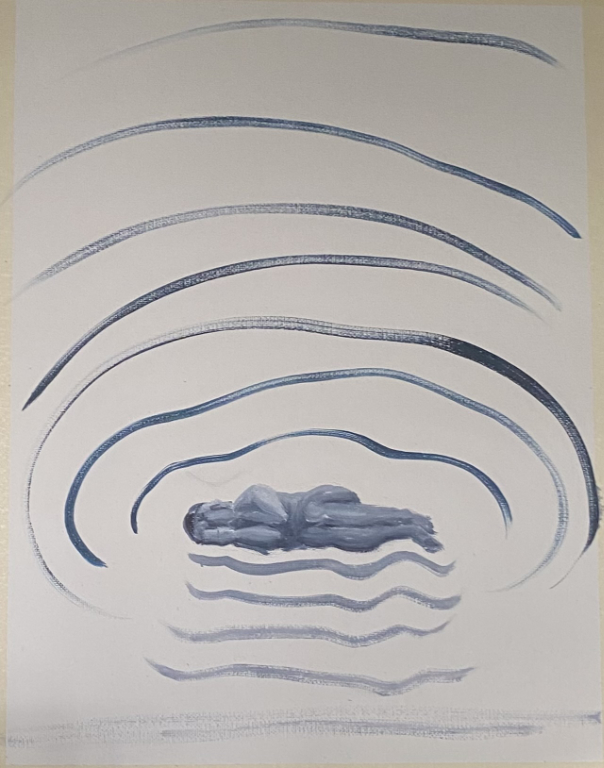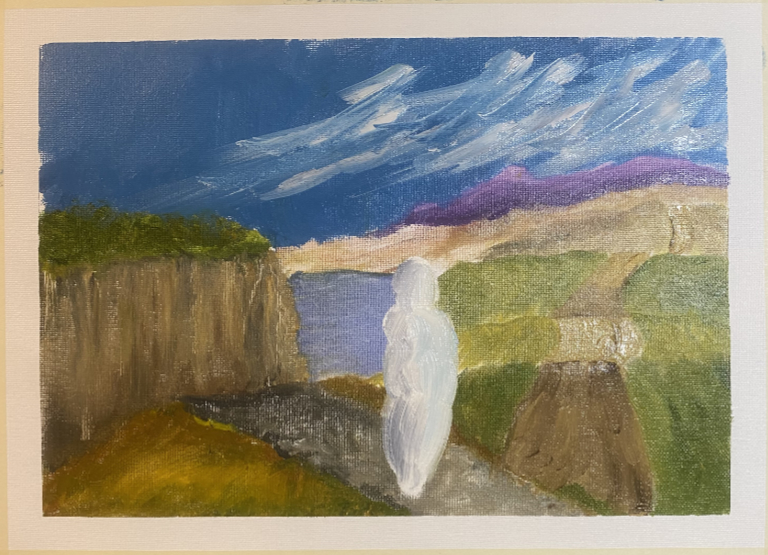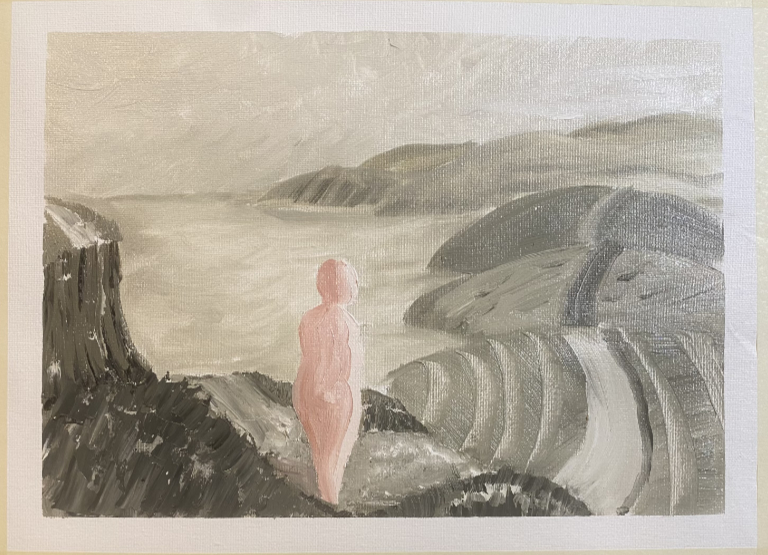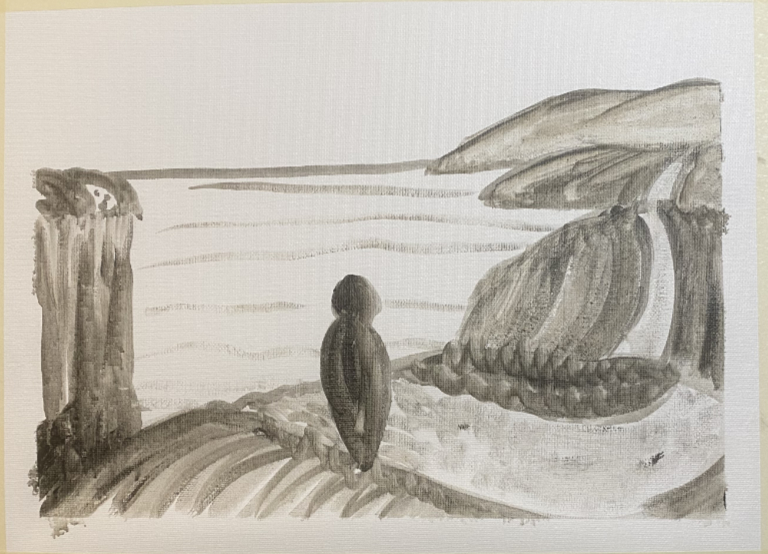Cat Camp
Lutz, Florida, United States

CAMP_CAT_Fore and Aft_59x78cm_WMOil on canvas paper

CAMP_CAT_RoadAhead1_80x55cm_WSOiloncanvaspaper

CAMP_CAT_RoadAhead1_80x55cm_WSOiloncanvaspaper

CAMP_CAT_RoadAhead3_79
Biography
Cat’s fascination with art emerged early, winning a competition at her grandfather’s newspaper office at the age of seven with a pencil drawing of a bald eagle.
Notoriety followed thanks to her habit of drawing on anything that stood still long enough — textbooks, walls, blue jeans.
Life and societal expectations tempered much of her enthusiasm until 1983, when a friend handed her an airbrush and insisted she admit she was, in fact, an artist.
Later in the ’80s, Cat attended night classes in Commercial Art at a local technical institute. She earned her AA with honors, but without basic computer skills, she was never hired in the commercial art field.
In the late ’90s, she took a series of one-day oil painting classes with Bob Ross, discovering her passion for the medium. Professionally, she spent 40 years as a face and body painter, earning international awards and acclaim. After retiring from that career — as well as from her 32-year role as a researcher at the USF Library — she quickly signed up for an oil painting workshop in Italy, where her long-buried love for painting was reignited.
Currently, she is enrolled in both an online painting and philosophy course and a second workshop in Italy, while still in the process of clearing a studio filled with more than six decades’ worth of art supplies, tools, books, and works.
My Statement
At the beginning of this online course, I was introduced as the “newbie” — the baby in the group. This helped ease my way into a cohort already far along in their artistic journeys. Less helpful was my limited knowledge of French — although, fortunately, the class was conducted in English.
Reading the transcripts of four of Gilles Deleuze’s lectures brought to light deep concepts about painting — both the idea of painting and the act itself — stirring in me a mixture of curiosity and instinctive resistance.
For my assignment, I was asked to illustrate a time of intense emotional experience. I chose a theme that would portray the calamity itself — the Deleuzian “catastrophe” — its impact on those around me, and the emotions that have persisted through the years. Reanimating a time I work hard to keep buried proved painful and deeply unpleasant.
Repeating the paintings while simplifying them introduced me to a new way of thinking about art — a fascinating and unexpected exercise. Simultaneously, I realized that through this project, my emotional perspective was shifting. This evolution is starkly visible across the final four paintings: in the first three, the figure representing me faces forward, gazing toward the future, while remaining painfully close to — and vividly aware of — the broken road and abyss behind. In the fourth painting, I am no longer present; only a shadow remains. I have moved on, gone ahead.
I also experimented with color as a conceptual tool — although, in truth, my choices were likely driven more by emotion than by theory. Some paintings feature pure primary colors, straight from the tube, to convey raw emotional intensity and the echoes of memory. Others use muted, grayed tones to suggest fading and disappearance. I explored various mixtures of grays — titanium white with lampblack, red with green, Payne’s grey with white, warm gray with thinner — each combination aiming to express a different emotional weight.
I still cannot — or perhaps will not — accept the idea that beauty in a landscape or a lovely vase of flowers somehow negates the value of art, as some would argue. It strikes me as snobbish and elitist. Surely, there must be well-founded reasons for such views, but I have yet to learn them.
